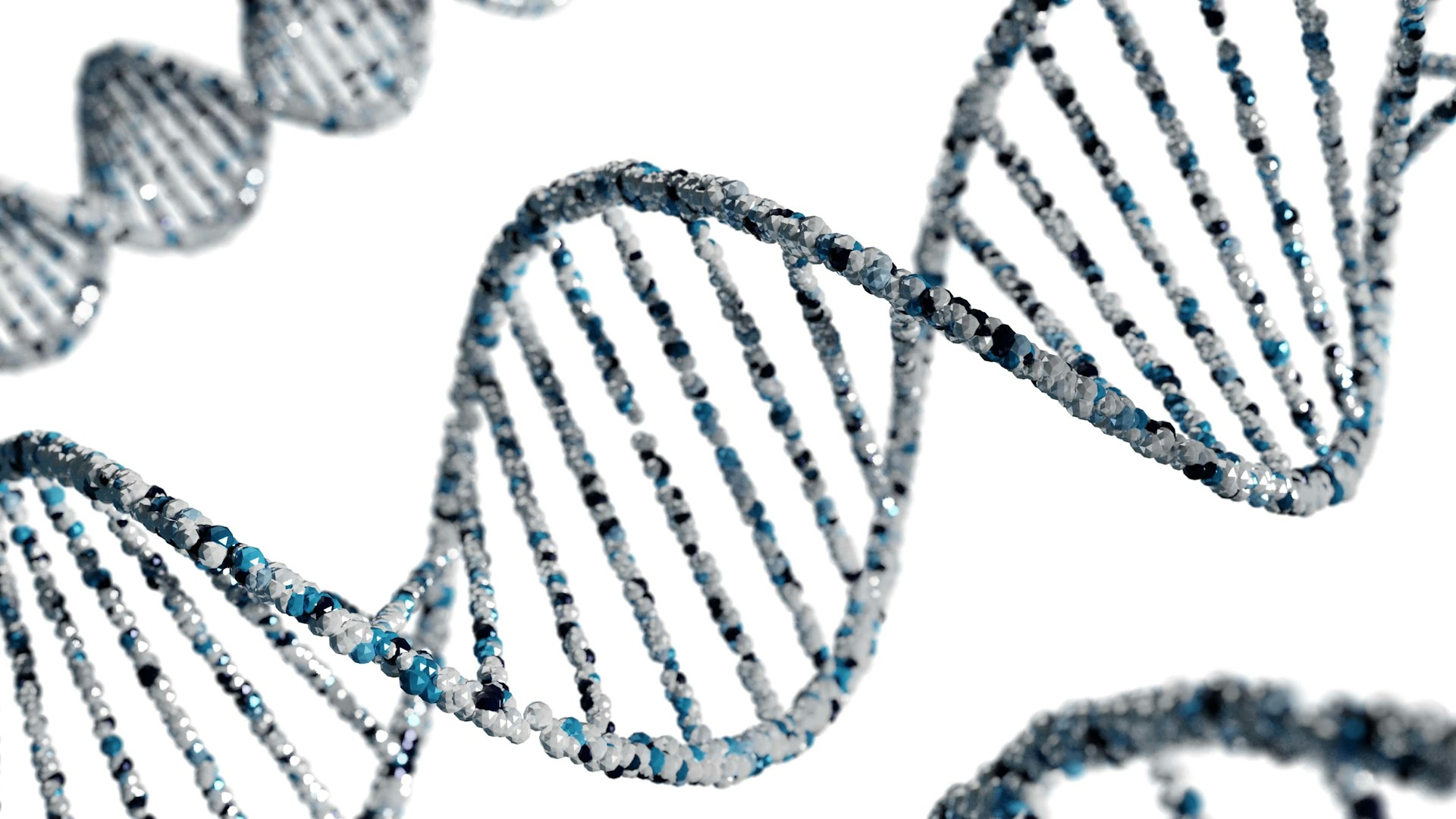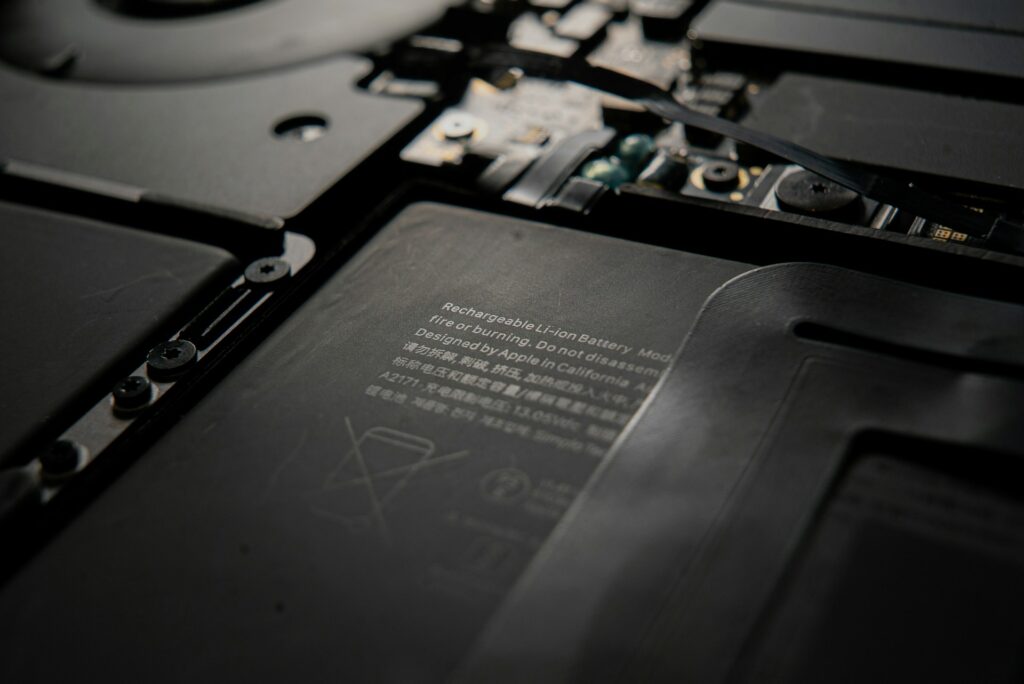Researchers from ETH Zurich have published their analysis on the examination of the molecular network responsible for repairing damaged DNA. The study, published in Nature, underscores the redundancy built into human cells and highlights how this intricate system can be harnessed to identify potential vulnerabilities in cancer cells. The research paper can be found here:
Fielden, J., Siegner, S. M., Gallagher, D. N., Schröder, M. S., dello Stritto, M. R., Lam, S., Kobel, L., Schlapansky, M. F., Jackson, S. P., Cejka, P., Jost, M., & Corn, J. E. (2025). Comprehensive interrogation of synthetic lethality in the DNA damage response. Nature. https://doi.org/10.1038/s41586-025-08815-4
Human cells carry a repository of genetic information stored in approximately 3.1 billion base pairs. In order to preserve this blueprint, cells undergo daily repair, untangling knots in the DNA strand as well as creating new chemical bonds when a strand is broken/ damaged in the nucleus. The ETH Zurich team focused on more than 500 genes known to contribute to these repair processes. By systematically disabling pairs of these genes; over nearly 150,000 combinations, they mapped a network of interactions that reveals how cells compensate when one repair pathway is compromised.
Professor Jacob Corn, one of the study’s lead investigators and the Professor of Genome Biology at ETH Zurich, clarified that the cellular repair processes extend beyond responses to toxins or radiation.
“When people read about repairing genetic material, they often think of it being in response to exposure to toxins or radiation”
The study found that knocking out a single gene rarely yielded a measurable effect due to the compensatory action of other genes. However, when two functionally related repair genes were inactivated simultaneously, about 5,000 gene pair combinations resulted in a breakdown of the repair system. Such observations provide a detailed account of which molecular interactions are most critical for preserving genomic integrity.
The systematic approach adopted by the team not only reveals the layered safeguards that cells have in place but also provides a means for exploring how these vulnerabilities can be exploited in cancer therapy. Many cancer cells naturally harbour mutations in some of these repair genes. With these cells already disadvantaged, further targeted inhibition of key repair interactions could potentially hinder their proliferation. This connection between synthetic lethality; a concept where the simultaneous disruption of two genes leads to cell death, and potential drug targets is a potential path for the research. John Fielden, one of the lead authors on the study stated:
“Our research has identified the additional genes that need to be inactivated to prevent the growth of cancer cells,”
As research continues in this area, the detailed mapping of these genetic interactions will likely serve as a foundational reference for both academic inquiry and practical medical applications.
The research team, comprised of John Fielden, Sebastian Siegner, Danielle Gallagher, Markus Schröder, Maria Rosaria Dello Stritto, Simon Lam, Lena Kobel, Moritz Schlapansky, Stephen P. Jackson, Petr Cejka, Marco Jost, and Jacob Corn.

Hassan graduated with a Master’s degree in Chemical Engineering from the University of Chester (UK). He currently works as a design engineering consultant for one of the largest engineering firms in the world along with being an associate member of the Institute of Chemical Engineers (IChemE).



